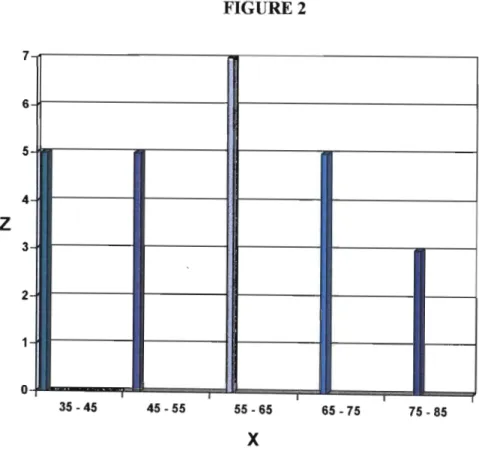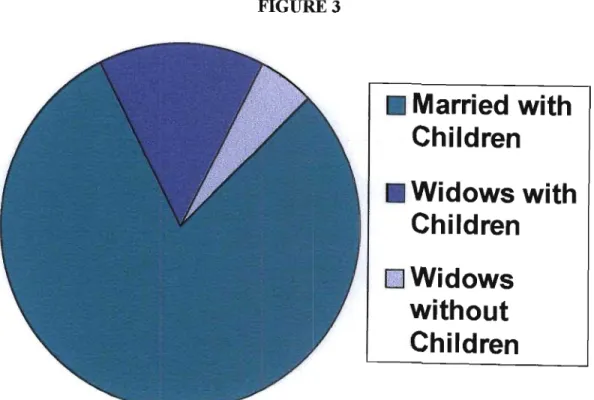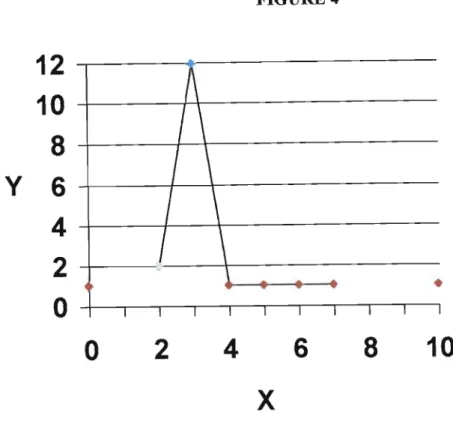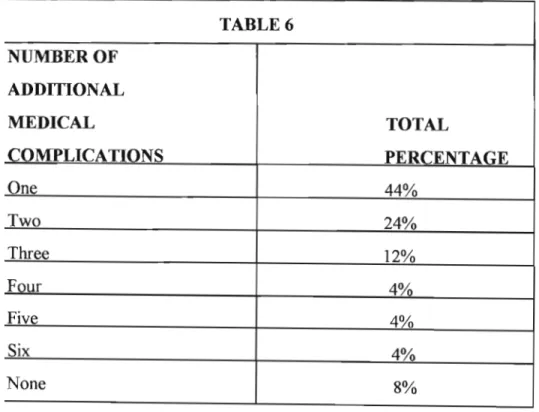Opinions expressed and conclusions reached are those of the author and should not necessarily be attributed to the National Research Foundation. In an attempt to elucidate this alarming rise of this disease within the Indian population, the two main paradigms that will be drawn upon will be the lifestyle and food habits and food beliefs of the Indian population. In this dissertation an attempt will be made to distinguish and analyze some of the most important factors in lifestyle and diet that can help explain this situation.
In addition, we will try to show how a change in lifestyle and diet of a person or a group of people causes this disease. About three thousand five hundred years ago, a medical scribe from ancient Egypt described the disease in a manuscript known as the Ebers Papyrus, which is believed to be one of the oldest known medical documents (Dolger & Seeman, 1967). Mellitus comes from the Latin word for honey and is characterized by the sweet taste of urine.
The History of Diabetes
He discovered groups of cells in the pancreas that are totally different from the normal tissue of the gland. There may be an increase in the rate at which the body uses insulin. There may be an increase in the rate at which insulin is destroyed in the body.
In the alpha cells of the pancreas, the body produces a hormone that has an opposite effect to that of insulin. In the case of women, they usually become aware of diabetes during pregnancy or after a stillbirth. Literature and statistics show that: “The Chinese in mainland China and the Japanese have some of the lowest prevalence rates of diabetes in the world, at 0.67%.
Research Participants
To ensure accurate information from the research participants, all interviews were later transcribed on the computer. The majority of the research participants, if not all, appeared to be eager to record the interview. The interviews were conducted either in the living room or the dining room of the research participants.
However, the wording, including terminology, was adapted to the background and education level of the research participants. It was a positive start, both in terms of how the interview went and the fact that I was not rejected by the research participant when I first called. The basic information obtained from research participants served as an important indicator in that it helped in approaching the interview.

28 Research participant W also makes various delicacies to support herself because she is separated from her husband. Research Participant B: Blames her extra weight on the diabetic tablets she says "make her eat more". Research participant E: says "happiness also makes you fat and some diseases also make you bloated".
Research Participant R: Blames her excess weight on lack of exercise and states the following: "Today nobody walks, they want a car, even to go to the cafe, so where the exercise. Research Participant T: Declares that she was "rounded from when I got married I wasn't slim, I wasn't very slim.” Research Participant V: Claims that it's obvious that she wants to lose more weight.
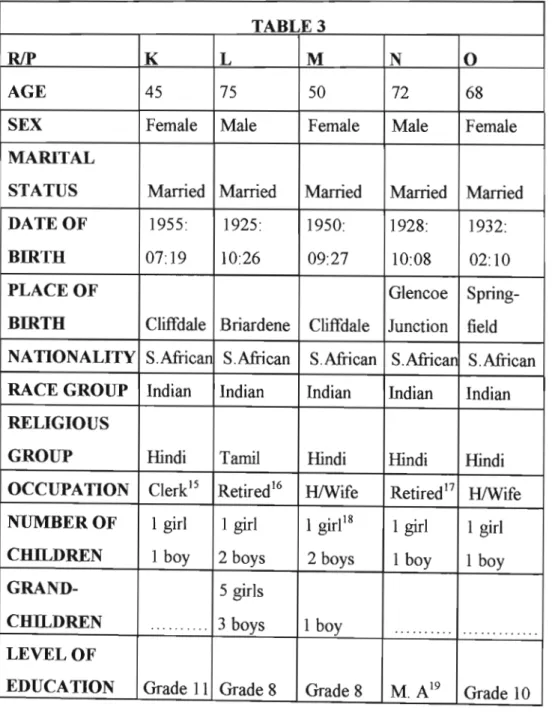
Married with Children
The findings of this research study tend towards the above hypothesis where 64% of the research participants fall between the ages of 45 and 70 and 36% of them lie outside this age group. Dolger and Seeman (1967) go further to claim that at the age of 30 the woman becomes more susceptible until between the ages of 45 and 65 she is twice as likely to get the disease as a man. The final premises of Dolger and Seeman that will be drawn on are the following: .. a) a married woman is more likely to get it than an unmarried woman.
Widows with Children
Responses and Beliefs of the Research Participants
The father of research participant 0, who was severely diabetic, died as a result in his fifties. Research participant W's mother was also diabetic and suffered three consecutive strokes and died as a result of diabetes. Research participant X's father died when he was fifty-three years old, directly due to diabetes.
Research participant L has been diabetic for three decades and research participant G for just over three decades. Research participant A: I thought because my mother had it, it runs in the family, you see. Research Participant G: I feel that it is because of sweets and maybe the hair treatment that I am diabetic today.
Research Participant K: I used to eat all kinds of food when I was single and also when I got married. Research Participant P: I should eat so much sweet meat, but I had no sugar, I don't know how I got the sugar. Research Participant T: Well, when I went for a check-up, they asked me who had diabetes in my family.
Research Participant U: I thought to myself if my mom and dad got it, it might just be in the genes, so there you go.
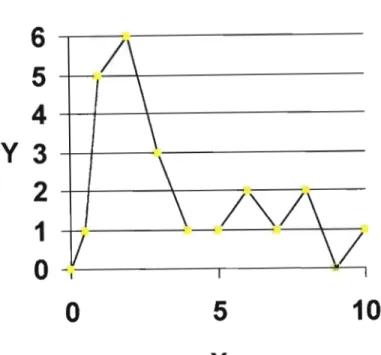
Overview
Reports indicate that the first two Indian traders set up business in Natal in 1870, a decade after the Indian immigrants docked. However, the literature indicates that with the progress of time and the urban expansion and industrial zoning, the employment of Indians in the agricultural field declined. In the case of Indian women, cultural factors tended to limit the extent to which they could participate in an economic role outside the home and family.
According to Freund, who conducted a study of South African Indian women, childbirth was not conventionally part of the recognized definition of Indian women's lives. Popular South African representations of the Indian woman projected by Indians themselves generally emphasize delicacy and dependence. The empowerment of South African Indian women is a notion that is gaining momentum, albeit gradually.
However, there are also many women whose lives defy the image of the 'delicate' and 'subdued' Indian woman. Most of the research participants blamed the foods they eat as the main causative factor for their diabetes. I don't want him to suffer from cholesterol because it's part of the family's health history, so you see we don't have chips.
Six of the research participants definitely stated that they did build an awareness in the children regarding their diet, lifestyle and food beliefs. Carroll (a general practitioner and medical writer) and Smith (deputy editor of the British Medical Journal and medical correspondent for The Times) are big proponents of the benefits and inclusion of exercise in one's life. The general echo of the consultants is that the doctor's concern is disease and ours should be health.
Dela added that most diabetics realize that they need to watch their diet, while they are unaware of the importance of exercise.
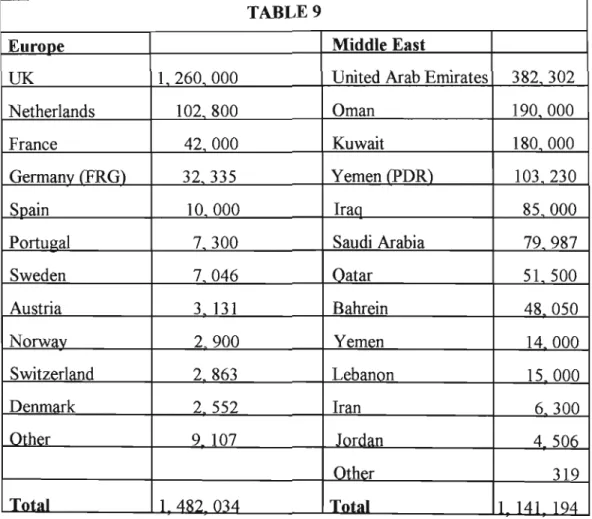
Overview
It's school days or whatever leftover curries from the night we used to eat for breakfast. But once a week we used to have chicken and all that only on weekends.
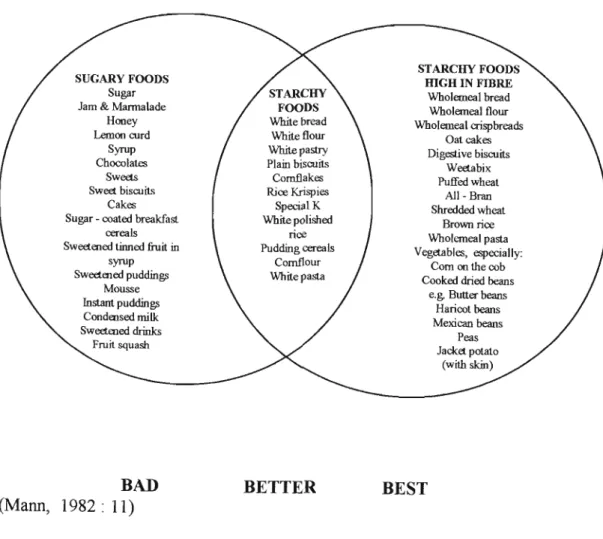
CHAPTER SEVEN
The most important of these, as discussed by authors such as Wiedman (1987); Long (1989); and Dowse et al. (1994), was the significant increase in the number of recorded cases of diabetes mellitus type II among these communities. Devotees of this Krishna-conscious farming community use ox power; belief in the protection of the cow; use manure as fuel and fertilizer; grow their grain, vegetables and other useful crops. It is the author's belief that reducing our consumption of animal products can also help protect against many chronic modern diseases, but such an argument would require an entire dissertation, and is well beyond the scope of this dissertation.
It also affects a diabetic's social functioning to some extent, which may include interactions with family. As a result, it becomes imperative that a diabetic be informed about the dos and don'ts of this disease. Flemming Dela, diabetics are increasingly aware of the need to be careful about what they eat, but they don't seem to be aware of the importance of exercise.
In the various chapters of this dissertation, the opinions of the research participants regarding this disease were presented and an attempt was made to evaluate and interpret their views regarding diabetes in relation to what other studies on the subject have revealed. This included expert advice from a number of nutritionists, nutritionists, health lecturers and GPs. This research study was undertaken in an attempt to identify and outline the shared attitudes and opinions of a sector of the South African Indian population that is affected by a high prevalence of type II diabetes mellitus.
The data reflected in the figures, tables and actual excerpts from the interviews with the research participants as presented in this thesis is a reflection of the need for greater knowledge (about healthy diet and lifestyle) and behavioral changes in research participants. The application of this philosophy and principles outlined by the other cited experts could contribute not only to a reduction in the incidence of type II diabetes mellitus, but perhaps also of other diseases associated with the ills of a modern, urbanized lifestyle and diet. Extraordinary prevalence of non-insulin-dependent diabetes mellitus and bimodal plasma glucose distribution in the Wanigela population of Papua New Guinea, The Medical Journal of Australia.
The resettlement of Indian communities in Durban and some economic, social and cultural effects on the Indian community, paper presented at a conference held under the auspices of the South African Institute of Race Relations in Durban.




